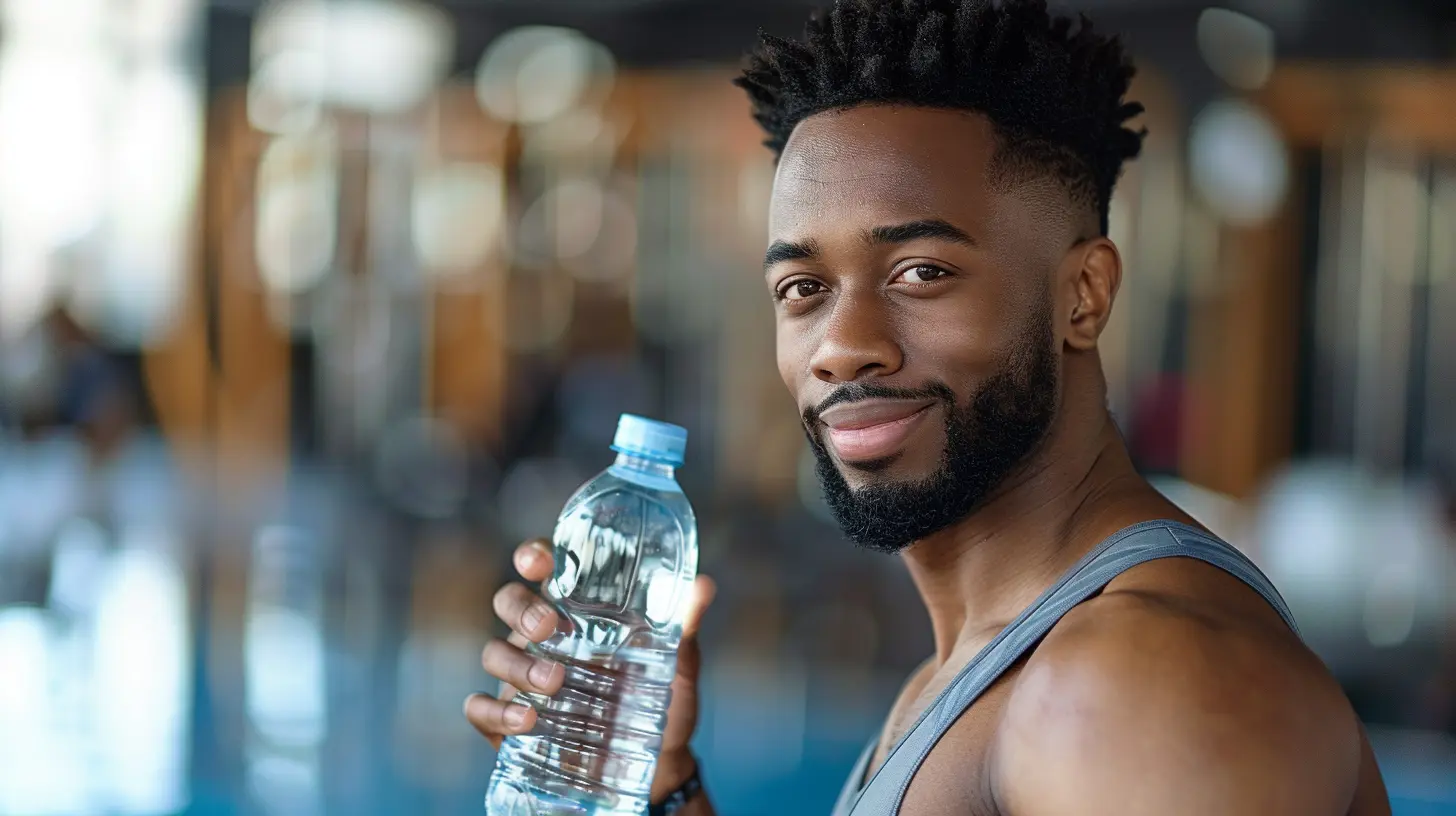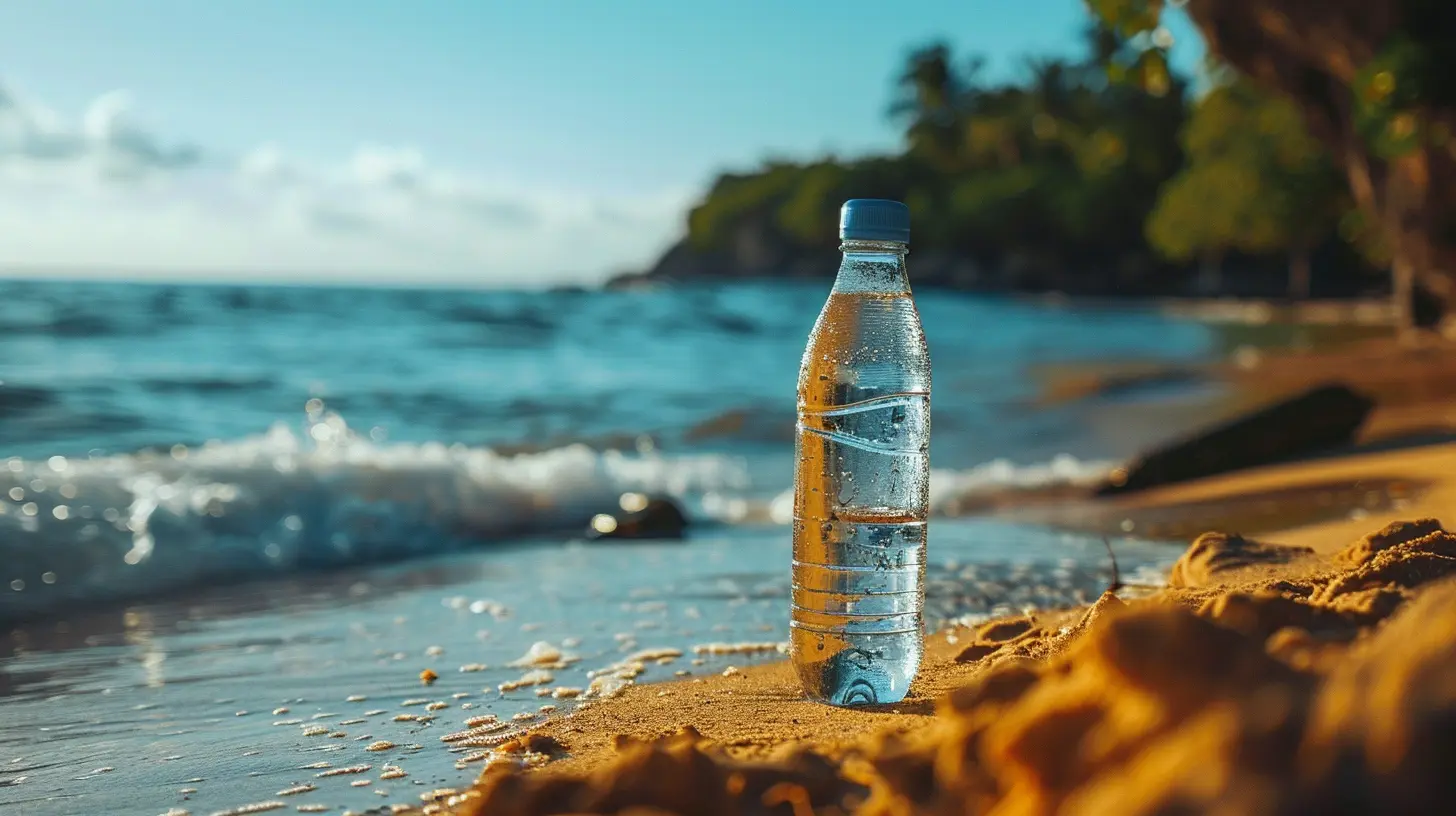Hydration in Pre and Post-Workout Recovery
15 July 2025
Let’s talk about something we often overlook in our fitness journey—good ol’ H₂O. Sure, we all know we’re supposed to drink water, especially if we’re working out. But when it comes to pre and post-workout recovery, hydration isn’t just a “nice to have”—it’s a game changer.
Whether you’re lifting heavy, going for a long run, doing yoga, or just getting your steps in, your body needs adequate fluids to function properly before you even start sweating, and especially after. Think of water as your body's support crew—it keeps everything running smoothly behind the scenes.
In this article, we’ll dive deep into why hydration matters before and after a workout, how much you should actually be drinking, common mistakes to avoid, and practical tips to keep your body happily hydrated.
Why Hydration Matters (More Than You Think)
You might think of hydration as just sipping water throughout the day. Easy, right? But when it comes to working out, hydration has layers. When you're not properly hydrated, everything from your strength to your stamina to your recovery takes a hit.Here’s what’s really going on behind the scenes:
- Muscle function: Muscles are about 75% water. Without enough fluid, they don’t contract properly. That leads to cramps, fatigue, and even injury.
- Body temperature regulation: Sweat is your body’s built-in air conditioner. But if you’re not hydrated, that cooling system falters—and you overheat faster.
- Joint lubrication: Water cushions your joints. Less water = more stiffness and aches.
- Nutrient transportation: Water helps carry vital nutrients to your muscles. If you’re dehydrated, your body can’t refuel effectively.
So yeah, without enough water, your workout results (and your energy) could be circling the drain.
Pre-Workout Hydration: Setting Your Body Up for Success
Start Ahead—Not When You're Thirsty
Ever been halfway through a workout and suddenly felt like you were dragging? That could be a hydration red flag. Here’s the thing: by the time you actually feel thirsty, you’re already mildly dehydrated. The trick is to start hydrating long before you even lace up your sneakers.How Much Should You Drink?
A good rule of thumb:- 2–3 hours before your workout, aim for 16–20 ounces of water (that’s about two glasses).
- Then, 15–30 minutes before you begin, sip another 8 ounces.
This gives your body time to absorb the fluids and helps you avoid that sloshy stomach feeling while you're in motion.
Should You Add Electrolytes?
If you’re doing a light workout or under an hour of activity, water should be enough. But if you're gearing up for a high-intensity session, especially in the heat, adding some electrolytes to your pre-workout drink can be a smart move. Electrolytes like sodium, potassium, and magnesium help your body retain water and support nerve and muscle function.
During the Workout: To Sip or Not to Sip?
This one depends on intensity and duration. For most moderate workouts under an hour, sipping water occasionally is plenty. But for long or intense sessions (like running a marathon or doing heavy HIIT), you’ll want to replace the fluids and electrolytes you’re losing through sweat.Here’s a quick guide:
- Drink about 7–10 ounces every 10–20 minutes during exercise.
- If you're going hard or for over an hour? Mix in an electrolyte drink or sports drink.
Remember, small sips frequently are better than chugging a whole bottle at once. Your gut will thank you!
Post-Workout Hydration: Refill, Repair, Reboot
You made it through your workout—nice! But don’t drop the ball now. Post-workout hydration is just as critical because your body is in recovery mode. It's rebuilding muscle fibers, restoring energy stores, and cooling itself down. Water plays a key role in all of this.First, Replenish What You Lost
If you’re a numbers person, weigh yourself before and after your workout. For every pound you lose during exercise (mostly from sweat), drink 16–24 ounces of fluid to make up for it.Don’t worry if you don’t want to get that technical—just aim to drink at least 16–32 ounces of water in the hour after your workout.
Add Some Electrolytes (Again)
Sweating isn't just losing water—you're losing salt too. So depending on how long and sweaty your session was, consider adding some electrolytes (via a sports drink, coconut water, or electrolyte tablet) to help your body recover faster and reduce muscle cramps.Water Alone Vs. Sports Drinks
Here's the deal: water is great, but it might not always cut it. Sports drinks can help if:- You've exercised for more than 60–90 minutes.
- You're in a hot and humid environment.
- You've lost a lot of sweat.
Just watch for high sugar content—some drinks are more like liquid candy.
Signs You're Not Hydrating Enough
Sometimes, it’s not obvious you're dehydrated until your body starts sending some not-so-subtle signals. Here are a few to watch for:- Dry mouth or sticky saliva
- Fatigue or dizziness
- Headache
- Dark yellow urine
- Muscle cramps
- Rapid heart rate during exercise
- Poor workout recovery
If you’re getting these often, it might be time to bump up your hydration game.
Staying Hydrated 24/7—Not Just Around the Gym
The truth is, hydration is a daily habit, not just a gym-time checklist. Keeping your body adequately hydrated all day long will help your workouts feel smoother and your recovery be quicker.Here are some quick tips to stay on track:
- Carry a reusable water bottle everywhere. (Yes, even to the couch.)
- Add flavor if plain water isn’t your thing—try mint, cucumber, berries, or citrus.
- Eat your water! Foods like cucumbers, watermelon, oranges, and lettuce are water-rich.
- Set reminders if you tend to forget to drink during the day.
Special Considerations for Athletes and Active Folks
If you’re highly active or training for an event, your hydration needs can increase significantly. Here’s what to keep in mind:- Track your sweat rate: It sounds intense, but weighing yourself before and after a workout helps tailor your fluid replacement needs.
- Plan your electrolytes: Sodium is usually the first electrolyte to go through sweat. If you're sweating buckets, make sure your hydration plan includes sodium-rich fluids or snacks.
- Hydrate during travel: Airplanes and road trips can dry you out. If you're traveling for a race or competition, up your fluids before you even hit the road.
Common Hydration Myths (That Might Be Holding You Back)
Let’s bust a few myths while we’re at it:Myth 1: “You can’t drink too much water.”
Actually, you can. Overhydrating, especially without electrolytes, can lead to hyponatremia (dangerously low sodium levels). Balance is key.Myth 2: “Coffee dehydrates you.”
While caffeine is a mild diuretic, drinking coffee in moderation doesn’t dehydrate you. It still counts toward your overall fluid intake.Myth 3: “Only athletes need to worry about hydration.”
Nope! Even casual fitness enthusiasts, walkers, and desk-jockeys need to stay hydrated to feel and perform their best.Hydration Tips You’ll Actually Use
Let’s wrap this all up with a few no-fluff tips:- Drink a glass of water as soon as you wake up.
- Keep a water bottle nearby and take small sips throughout the day.
- Match your water intake to your activity level—move more, drink more.
- Check your pee! Pale yellow = you’re doing great.
- Use hydration tracking apps if you're into that kind of thing.
- Don’t forget to hydrate on rest days—recovery still needs water!
Final Thoughts
Hydration might seem like a simple part of your fitness routine, but it holds the power to improve your energy, enhance your performance, and speed up your recovery in noticeable ways. Whether you're hitting the gym hard or just going for a quick jog, think of water as your workout buddy—always there, quietly helping you crush your goals.So the next time you prep for your workout, don’t just stretch and carb-load. Grab that water bottle and drink up. Your body will thank you—before and after the sweat session.
all images in this post were generated using AI tools
Category:
HydrationAuthor:

Jackson Mahoney
Discussion
rate this article
1 comments
Henry McAuley
Water you waiting for? Hydration is the secret sauce to turning your workout from drab to fab! Imagine your muscles sipping a cool drink while they recover—sounds refreshing, right? So, grab that water bottle and let your hydration game flow like a happy river during post-workout bliss!
July 28, 2025 at 4:48 AM

Jackson Mahoney
Absolutely! Hydration is key for recovery—keep that water close to help your muscles thrive!


